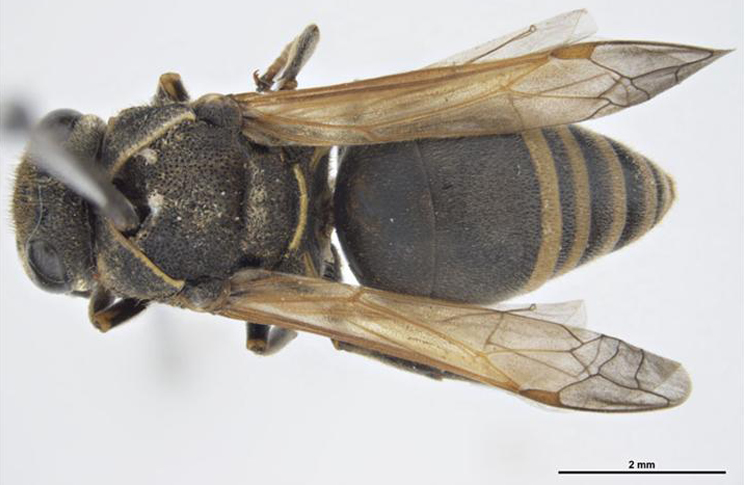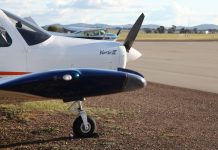A newly discovered wasp species has prompted CASA to update and reissue an alert on the danger wasp nests pose to aircraft.
Airworthiness Bulletin 02-052 of May 2018 highlights the keyhole wasp, native to Central and South America, has been found at Brisbane airport. Like the mud dauber wasp, the keyhole wasp uses earth to build its nests and is attracted to holes of more than 5 mm diameter—such as aircraft pitot and static openings.
Wasps can endanger aircraft by causing unreliable airspeed and altitude readings when their nests block pitot/static systems. Wasp nests have also been found blocking fuel gauge vents and surrounding control cables in general aviation aircraft.
Insect blockages to pitot/static systems have been implicated in fatal crashes, such as the loss of Birgenair flight 301 off the coast of the Dominican Republic on 6 February 1996.
A similar incident was narrowly avoided in Australia. In November 2013, an Airbus A330 suffered a rejected take-off in Brisbane due to an airspeed indication failure which was only detected during the take-off roll. During the subsequent inspection, it was found that the captain’s pitot probe had been almost totally obstructed by an insect nest. The aircraft had been parked at Brisbane for two hours.
CASA has received anecdotal evidence which indicates that wasps can build a significant nest capable of completely blocking a pitot tube, vent or drain in around 20 minutes.
Keyhole wasp nests have been isolated to Brisbane Airport, however images of the wasp (without nesting) have been seen at Emerald Airport. There is a concern for this species to spread to other airports by aircraft or shared ground support equipment.
AWB 02-052 urges flight crews, ground handlers and airport operators to take a series of actions against wasps, including vigilant use of pitot covers, and to report wasp infestations, related defects and operational difficulties to CASA.




Comments are closed.